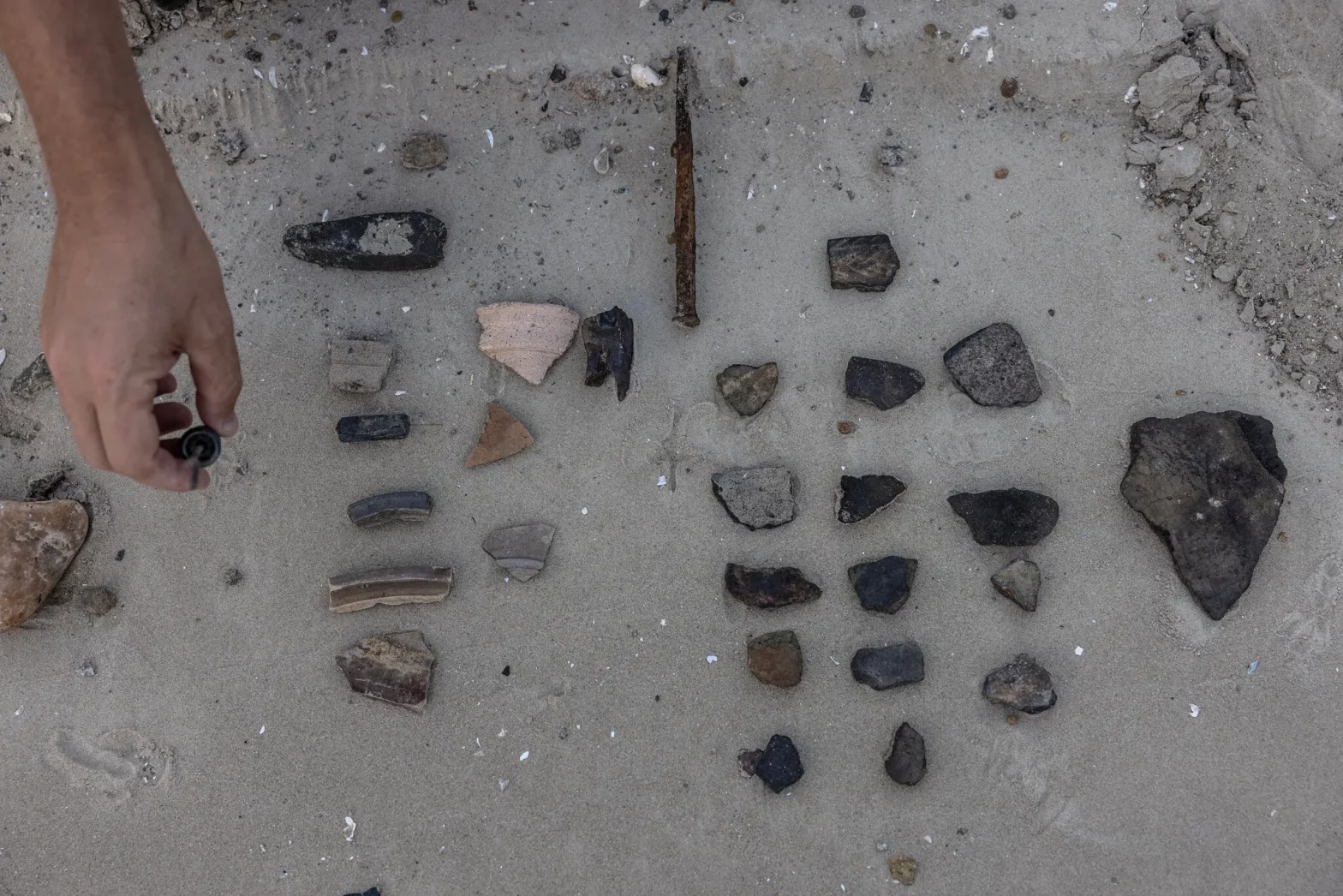Bob Dylan’s Christmas album was released 15 years ago. Only now do I learn there’s a music video for the best song on the album.
Category: Archaeology
The Mercer Museum of Doylestown
This museum in Bucks County, Pennsylvania, is housed in a concrete castle designed by Henry Mercer, an early archaeologist, collector, and ceramicist. Mercer collected historic tools and other artifacts that demonstrated American industry and crafts, including blacksmithing, butchery, hat-making, and many more.



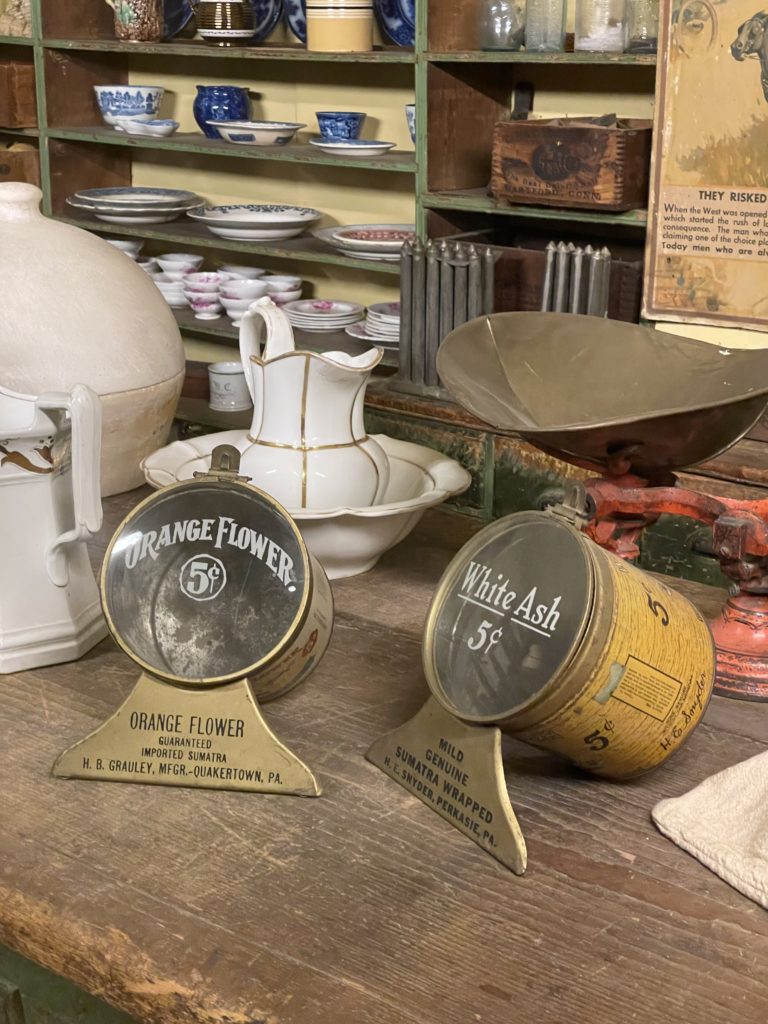
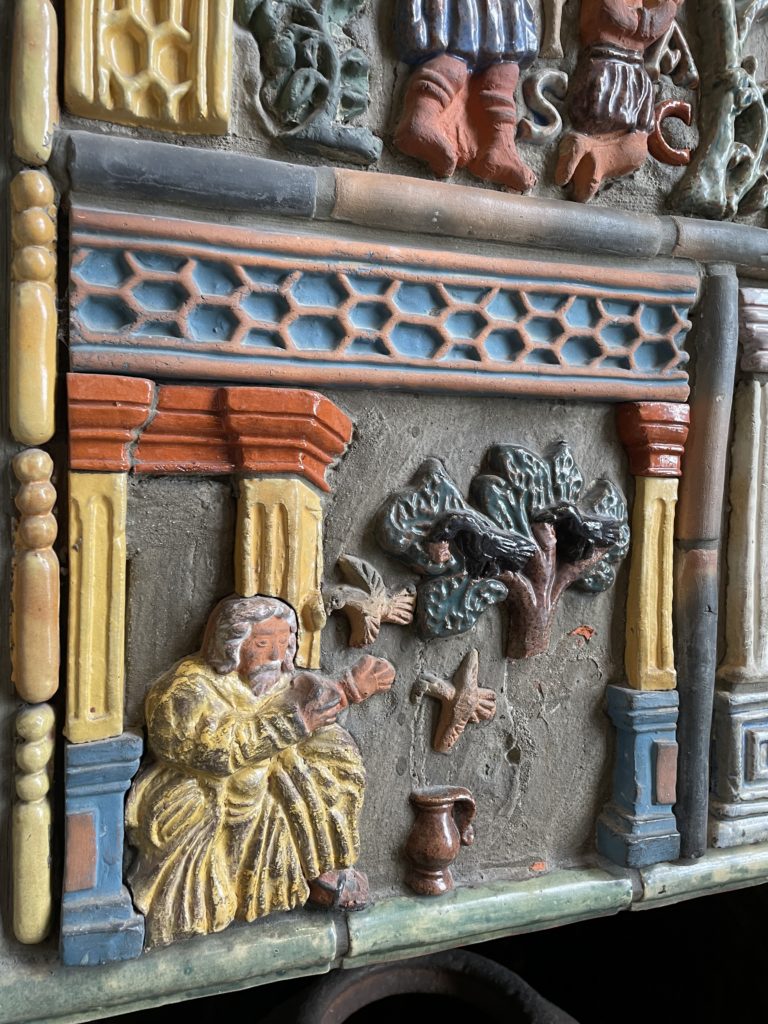
Ruins of the Estellville Glassworks
Not far from Atlantic City, New Jersey, are the remains of the nineteenth-century Estellville Glassworks, which was in operation from about 1826 to 1877. These buildings are unusual among New Jersey glassworks in using local sandstone with brick arches. Visited on a balmy Autumn day.

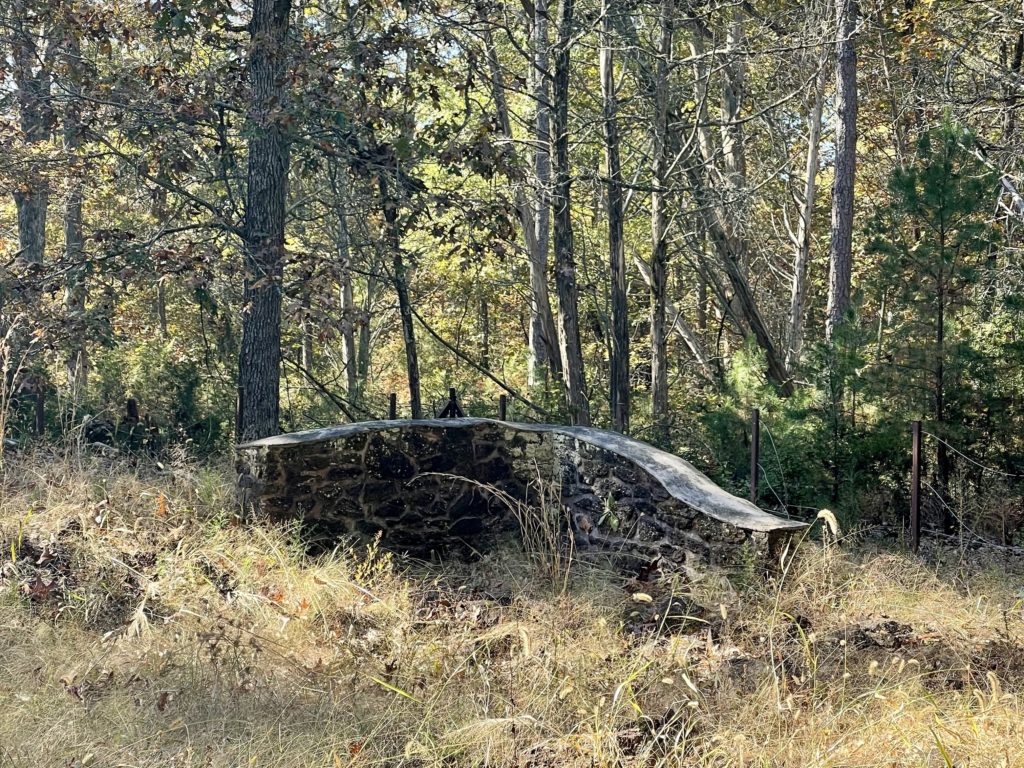
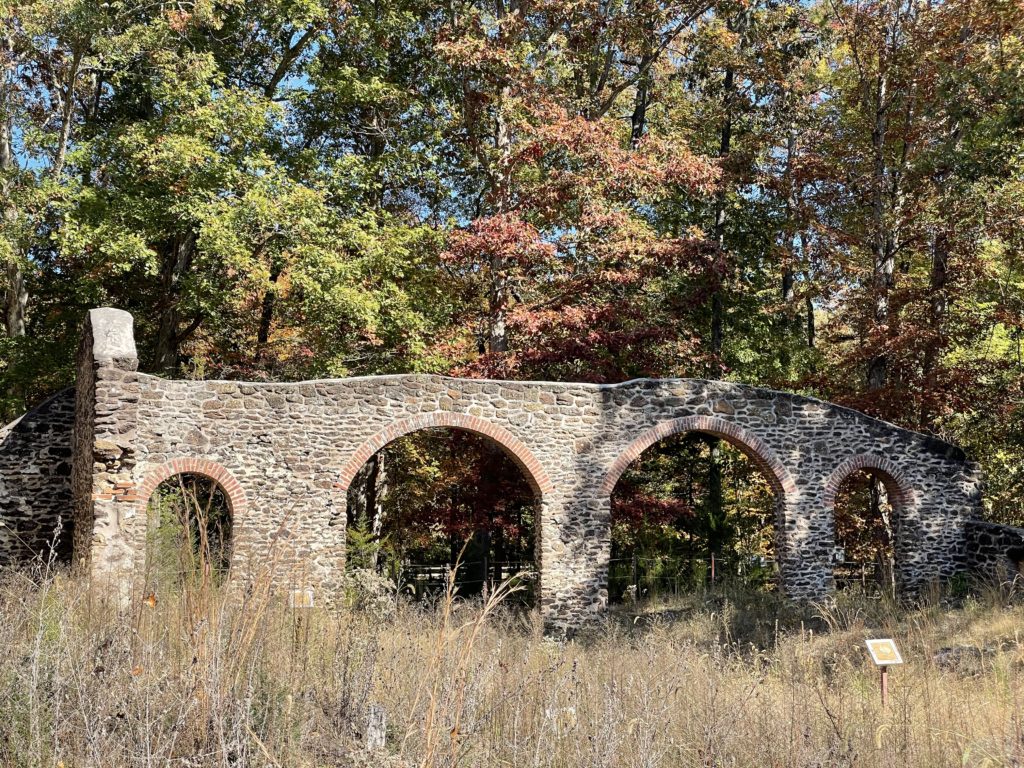
Athens Archaeology: There’s an App
In the nineties, jobs in Greece’s state archeological service were often offered on a contract basis, and women tended to fill these nonpermanent positions, which came without benefits. Understaffed, poorly compensated, and facing ferocious pressure from landowners eager to start building, state archeologists usually went unrecognized, their reports often signed only by their supervisors.
Nick Romeo, the New Yorker
The Dipylon Society maps the ancient topography and cultural environment of Athens, Greece, using data accumulated over decades by contract archaeology projects in the city. Read The Hidden Archaeologists of Athens: By collecting long-forgotten archeological data, a new project reveals the researchers who toiled unrecognized in The New Yorker.
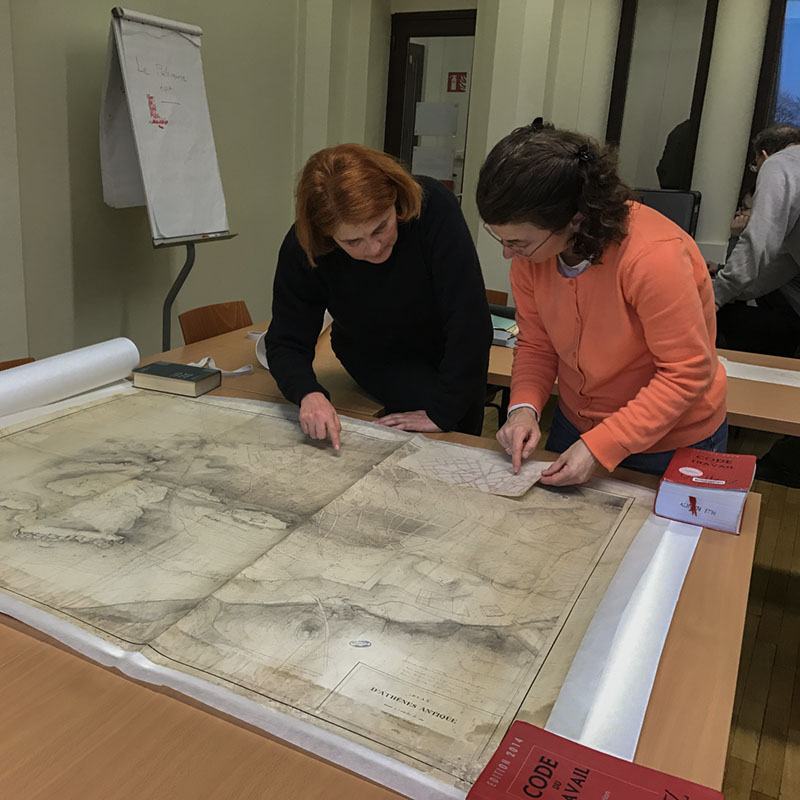
Source: Dipylon.org
Ukrainian Archaeology
After the Kakhovka dam was blown up in June, the reservoir above it quickly drained, revealing a bonanza of artifacts that has electrified Ukrainian archaeologists.
‘It’s Crazy’: The Scramble for Ancient Treasures After Ukraine’s Dam Disaster
The New York Times
Featured image: The New York Times
THE Place to Go For Obsidian
Obsidian Cliff (The New York Times)
Not anymore, though – it’s a National Historic Landmark and it’s in Yellowstone, so no collecting allowed. But for thousands of years it was the go-to source for the raw material that makes the sharpest stone tools.
Jeep History at Camp Holabird
In 1918, the U.S. Army created Camp Holabird in Baltimore, Maryland and in 1940, it was the site where a prototype four wheel drive reconnaissance vehicle – what later became the Jeep – was tested. The facility was shut down in 1973 and later turned into an industrial park.
As Legend magazine shows, Remnants of the part Camp Holabird played in the development of the famous Jeep still survive today. An earlier visit to Holabird in 2009 is at On the Trail of Jeep History, Part 3.
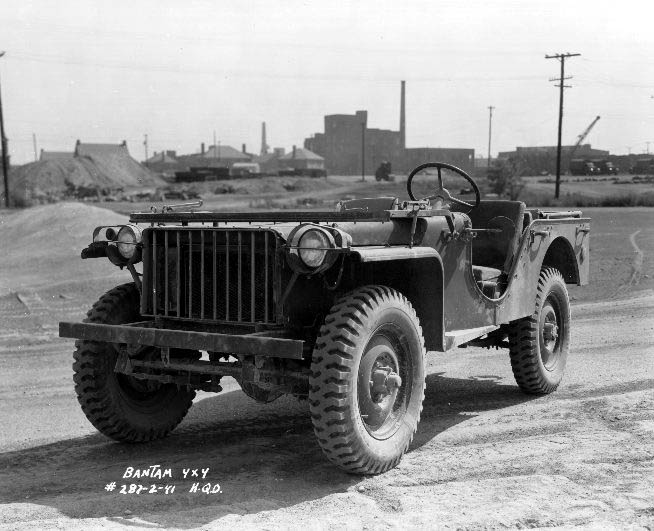
“I’m a rocket. But a silent one.” BMW CE 04 Electric Scooter
Starting at $11,795, the CE 04 is a long, low, 500+ pound all-electric scooter with an 80 mile range. Here’s how BMW thinks you’ll feel when you have one: “cool and superior, but now connected to the world and one step ahead. Technology and style. Is this freedom? Yes – only better.”

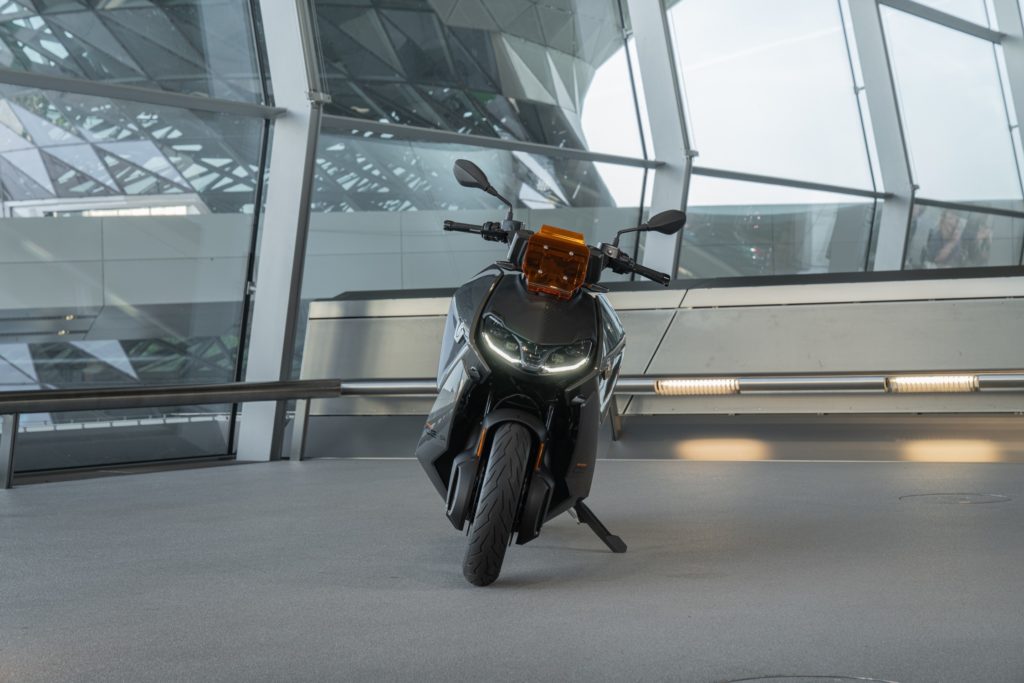
Sometimes, the Jazz Age becomes Archaeology

This artifact, likely a brooch, depicts a 1920s-era flapper, cloche hat and all. It was found at an archaeological site in Jersey City, New Jersey. This and the many other artifacts found during excavation of a series of former houses, most demolished by the 1930s, provide a glimpse of the middle class families who lived in Jersey City in the early twentieth century.
Reference:
Howson, Jean, and Leonard G. Bianchi
2014 Covert-Larch: Archaeology of a Jersey City Neighborhood: Data Recovery for the Route 1&9T (25) St. Paul’s Viaduct Replacement Project Jersey City, Hudson County, NJ, Volume 1. Cultural Resource Unit, The RBA Group, Inc.
Woolsey Park and an Abandoned Railbed
Perfect Spring day for walking the trails at Woolsey Park in Hopewell Township, New Jersey. Green up is well underway here. The total length of trails is only about two miles, but there are multiple crossings of Woolsey Brook, wetlands, uplands, and rows of tangled Bois d’Arc (better known as Osage Orange now).

The Osage Orange tree was only found in Texas and some surrounding states. Early French explorers called it Bois d’Arc because the Osage and other Native American tribes used its wood to make bows. By the 1800s, the tree (Maclura pomifera) was planted throughout the United States because it would quickly grow into thick, twisted, thorn-encrusted natural fences good for keeping livestock in (or out).

Woolsey Park also includes remnants of the short-lived shortline Mercer and Somerset Railroad (1874-1879) in the form of the earthen embankment that briefly carried the train tracks over Woolsey Brook. Just southwest of the park, Woolsey Brook joins Jacob’s Creek. The original M & R alignment is now Jacob’s Creek Road.



Featured image: Osage Orange along the trail.



